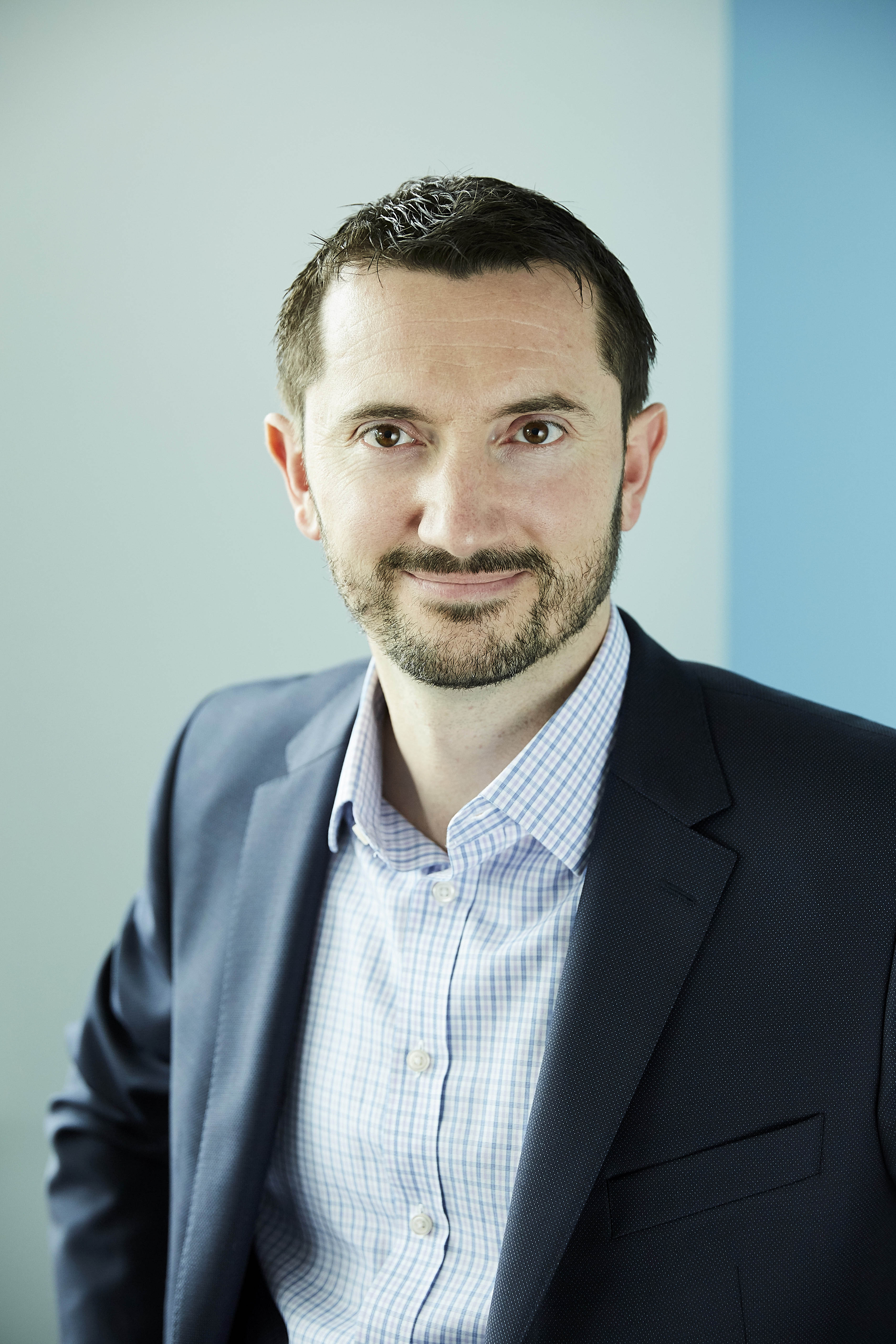In our latest Safety Innovation Video instalment, we speak with Kari Sprostranova, Health, Safety and Wellbeing Director for Mace Construction, about how diversity is connected to health and safety, the impact is has on culture and performance, and why speaking up is so important.
I'm Kari Sprostranova, I'm the Health, Safety and Wellbeing Director for Mace Construction. Mace is a very large, tier one contractor but also has a very large consultancy business that works internationally.
How is diversity connected to health and safety?
It's a really interesting one and we're still learning, I think, but if you reflect on health and safety and what we're trying to achieve, we're trying to create a culture where people feel free to learn lessons and to speak up and say, "Actually, something's wrong," and help us find solutions. So, if we don't create an environment where people feel able to speak up and be themselves, and that's really linked to diversity and inclusion and the more different thinking you can have, and there's lots of different sorts of diversity. A diversity of thought is just as important as diversity of ethnicity, religion, culture. So, we need people to challenge and be problem solvers, specifically in the construction industry, so the more you can get a diverse thinking to really challenge and solve a problem, the better.
Why is speaking up so important?
Because that's how we learn, isn't it? And actually, there's a big piece about, you know, don't walk by in our industry and, you know, the poem by Don Merrell, I could have saved a life that day, and to assume that somebody always knows what they're doing and they're not just making mistakes or thinking in the moment. If you think about our construction sites, the amount of people who are on that site every day, if everyone looks out for someone and you have a real psychologically safe space where you can approach someone and say, "I don't know why you're doing that today, but perhaps I can help you." Or "How are you feeling?" Or "Stop that activity in lots of ways because that doesn't look safe," then the more we can learn and the more we can drive change or we can have all the processes in the world, but essentially we're a people industry and so having people create solutions for problems is how we'll embed them.
What is the impact on culture of a diverse workplace?
It's interesting actually, Formula One have done quite a bit of research, I understand on it, and they've seen big changes since they've created a more diverse workforce. I think our construction industry is still learning about diversity and it takes some time. Although our graduates and our apprentices, certainly in Mace, are above 50% now of diversity, women, ethnicity, which is fantastic, because that's how we will embed diversity into our business. But I think the more you can have that open thought is just the key. We need people who can just engage in different languages and say that that's not a simple solution. You might write that in English, but actually it doesn't translate into our language, so we allow them to create a space where they can say, "That doesn't work for us," and help us be part of the solution.
What has been the most effective strategies for driving diversity?
It's where the leadership is really engaged in diversity is actually, it's driven by the leadership. Each of our projects obviously is set up through existing colleagues, but we do have leaders in our business who are really trying to drive that change, and we have some of our projects that have an equal percentage of diversity on the project. And I think if they are willing to be open and encourage that diversity and encourage diverse thinking, we have as a percentage of neurodiversity in our industry, I think it's something like 25% on record and anticipated to be much higher than that. So how can we create a safe space where people are able to be honest about their neurodiversities? I think if you're neurodiverse and you've got dyslexia, to have an email that's got a big long sea of words on it actually just puts you off. So, it's not just being open to creating that culture, but using tools and learning to help understand and embed those cultures or diversities into our teams.
What has been the impact on health and safety performance from a more diverse workforce?
A more diverse and inclusive environment allows people to feel more comfortable in speaking up and sharing lessons, which ultimately creates a safer environment.

